Italian artifacts on view for the first time in the United States
Fountain Figure of a Centaur with a Boar, First half of first century CE. White marble with blue veins. From Villa A, rooms 31, 21, 44, peristyle 32, portico 33.
NORTHAMPTON, MASS.- The Smith College Museum of Art announces that it will host the travelling exhibition, Leisure & Luxury in the Age of Nero: The Villas of Oplontis near Pompeii from February 3 through August 13, 2017.
Featuring works seen for the first time outside Italy, this groundbreaking exhibition centers on the ancient town of Oplontis on the Neapolitan coast, a site that was buried and preserved when Mount Vesuvius erupted in 79 CE. The exhibition focuses on two adjacent, spectacular Roman archaeological sites—one an enormous luxury villa (“Villa A”) that once sprawled along the coast of the Bay of Naples, the other a nearby commercial-residential complex (“Villa B”), where products from the region were exported.
Corinthian Capitals, Mid-first century CE, Luna Marble from Villa A, portico 60.
Ongoing excavations of the villas have revealed a wealth of art, including sculpture that adorned the gardens along with ordinary utilitarian objects that together demonstrate the disparities of wealth, social class, and consumption in Roman life.
This is the first major exhibition to address this important site, less well known than the more famous sites of nearby Pompeii and Herculaneum, which were also victims of the Vesuvian eruption. SCMA is one of three national venues for the exhibition, and the only east coast venue.
This exhibition is organized and circulated by The University of Michigan Kelsey Museum of Archaeology in cooperation with the Ministero dei Beni delle Attività Culturali e del Turismo and the Soprintendenza Speciale per i Beni Archeologici di Pompei, Ercolano e Stabia.
Thymiaterion, First Century CE; Pottery. From Villa A, room 48
Bust of a Goddess, Hellenistic period, 4th–2nd Century BCE. Terracotta. Found in Villa A, room 55
Roman, n.d., Handle of silver plate, w. 15 cm; h. 6.5 cm
Strongbox, 3rd–1st century BCE. From Oplontis B, northeast area of peristyle courtyard (cat. 143)
Roman, Pair of gold cluster earrings (skeleton 7), n.d., 3.1-2.9 cm x 2.5-2.2 cm
Portrait of a Boy, Claudian period, 41–54 CE. White marble.
Venus (Aphrodite), First century BCE. White marble. From Villa A, room 35 (cat. 28)
Glass Jug with Ridged Handle, First century AD. Blue-green glass. From Oplontis B, room 15 (cat. 160)
Bronze Oil Lamp with Horse Head Handle Ornament, AD 75–79. Bronze. From Oplontis B, room 10 (cat. 157)
Fragments with Palmettes with Acanthus Tendrils, n.d. From Villa A, original room unknown (cat. 112)
Dressel 2-4 Amphora, Second half of first century BCE–79 CE. Pottery. From Oplontis B, room 1 (cat. 150)
Silver Spoon (two views), n.d. Silver. L. 13.7 cm
Casssettino Hoard; M. Antonius, legionary coin, n.d
Thorax Hoard; Aureus; obverse Galba/reverse Virtus, n.d
Anetfix in the Form of a Goddess's Headin the Form of a Goddess's Head, n.d. Terracotta, approx. h. 26 cm; w. 12.5 cm; d. 18.75 cm
Fourth Style Ceiling Fragment with Griffin, n.d. From Villa A, original room unknown
Mortar, n.d, Dark gray, marble-like stone. h. 5.8 cm (with pestle inside, 8.5 cm); w. 26.5 cm (in direction of spout); d. 24 cm
Fourth Style (Non-joining) Fragments, n.d. Blue on white ground. Max. dimensoins of each H. 8 cm; W. 5 cm, .d
Lamp (Loeschcke type III), n.d. Terracotta. H. 19 cm; W. 35.5 cm; D. 22 cm
Pearl Ring, n.d. Ring: Diam. 2.1 cm; pearl: Diam. 0.6 cm

/https%3A%2F%2Fprofilepics.canalblog.com%2Fprofilepics%2F1%2F0%2F100183.jpg)
/https%3A%2F%2Fstorage.canalblog.com%2F03%2F02%2F119589%2F96711876_o.jpg)
/https%3A%2F%2Fstorage.canalblog.com%2F11%2F31%2F119589%2F94773502_o.jpg)
/https%3A%2F%2Fstorage.canalblog.com%2F20%2F83%2F119589%2F94772815_o.jpg)
/https%3A%2F%2Fstorage.canalblog.com%2F26%2F72%2F119589%2F75604929_o.jpg)
/https%3A%2F%2Fstorage.canalblog.com%2F59%2F60%2F119589%2F26458628_o.jpg)

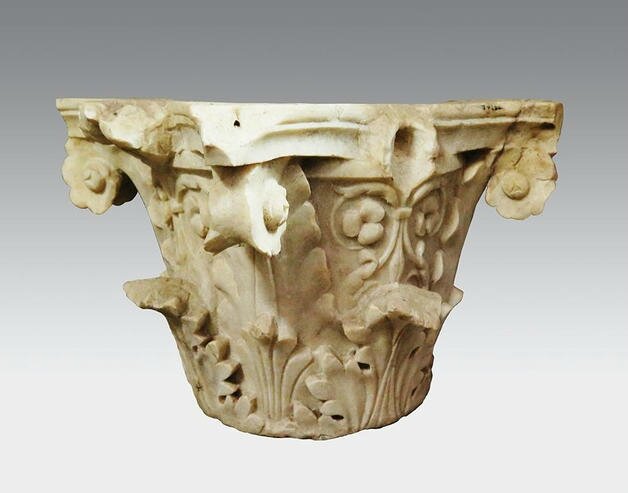





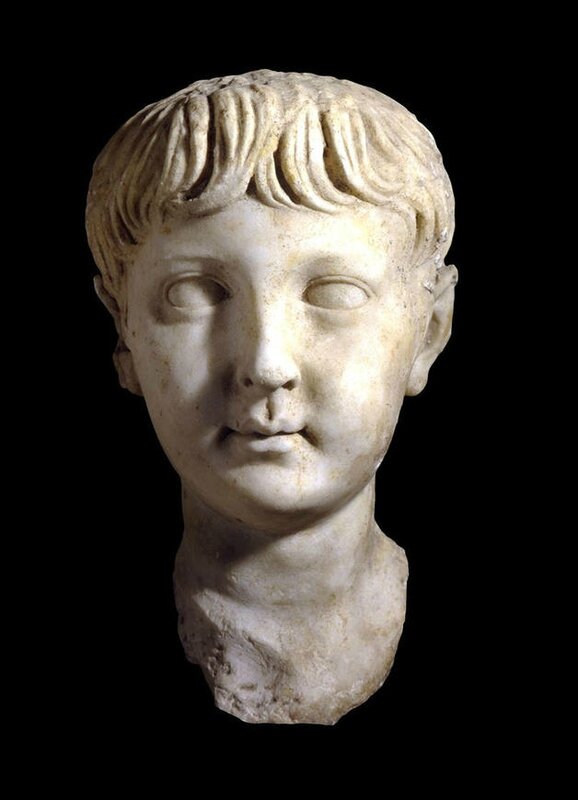


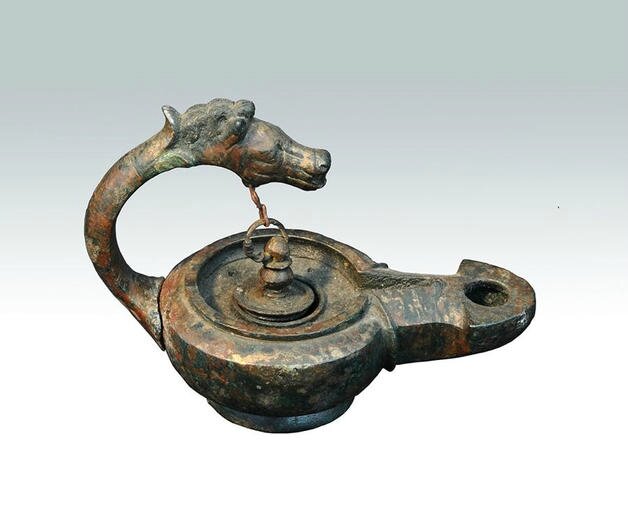

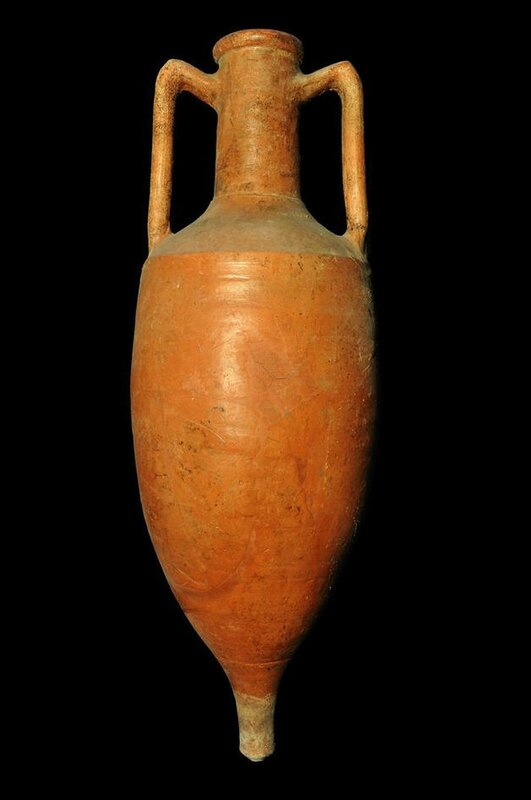



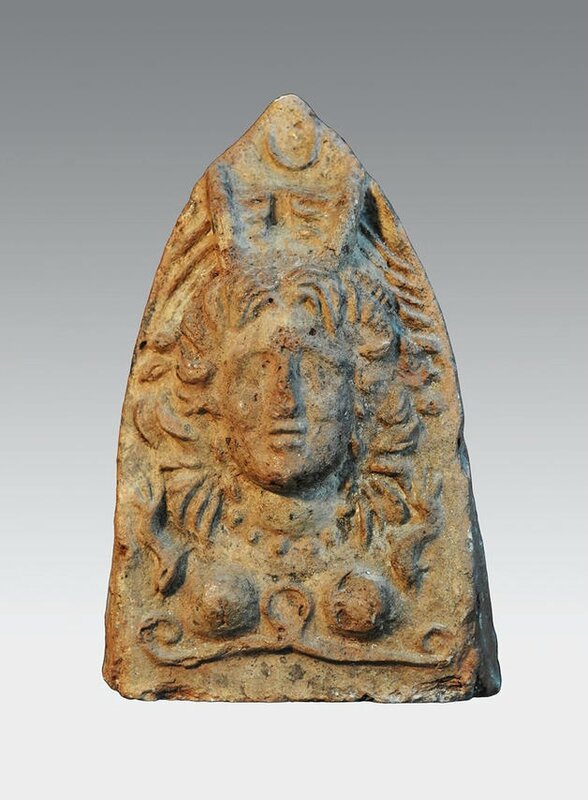







/http%3A%2F%2Fstorage.canalblog.com%2F66%2F35%2F119589%2F110067352_o.jpg)
/http%3A%2F%2Fstorage.canalblog.com%2F85%2F57%2F119589%2F93131991_o.jpg)
/http%3A%2F%2Fstorage.canalblog.com%2F31%2F50%2F119589%2F91807644_o.jpg)
/http%3A%2F%2Fstorage.canalblog.com%2F14%2F41%2F119589%2F74232062_o.jpg)